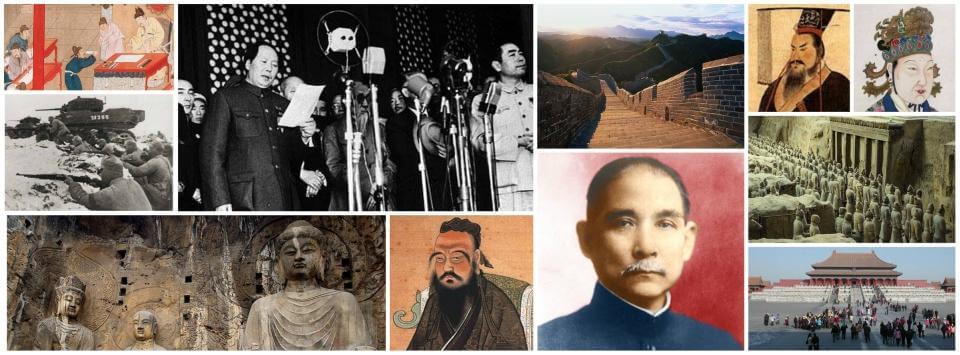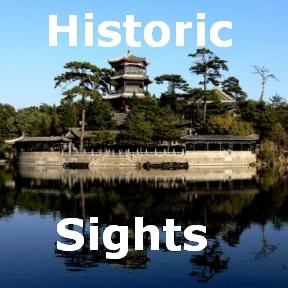This page is intended as a list of all the historic sights in China that are currently featured on this website. All listed historic places in China are marked with blue icons in the large Google map underneath. All listed sights played an important role in China's history and the list below provides links to the specific pages in our narrative of China's history where the respective sights were first mentioned.
Many of the listed historic places will already be known to most readers like the Forbidden City or the Summer Palace in Beijing. Other historic sights like for example the Yucheng Postal Stop are much less renowned but that doesn't diminish their historical importance.
Each linked page about a specific historic sight in China contains images and a descriptive article. The purpose of this article isn't to list every single significant date in the sight's history or to mention every magnificent detail that can be seen there. The article is intended to simply provide prospective visitors a first glimpse of what to expect if they were to go there.
When writing these articles, I had the following three different scenarios in mind:
I believe that these types of visitors will benefit the most from consulting our travel pages about China's historic sights. Additionally, the pages linked below contain all the travel information that are needed to plan a personal visit of the respective sight(s). The provided information on these travel pages is not limited to the sight's opening hours and admission fees but also includes information about recommended nearby hotels as well as all necessary info how to reach the specific sight by public transport (nearby railway stations, bus and subway stops).
For more information about any of the listed historic sights, simply click on the image or "More" button below the site's short description! No matter whether you simply want to learn more about the history of a specific sight or need all relevant travel info for an upcoming trip to China, Chinese History Digest got you covered. Additionally, you could also read through our Travel Tips page for more free advice about traveling to China (what are the best times to travel?, where can I apply for a Chinese tourist visa?, . . .).
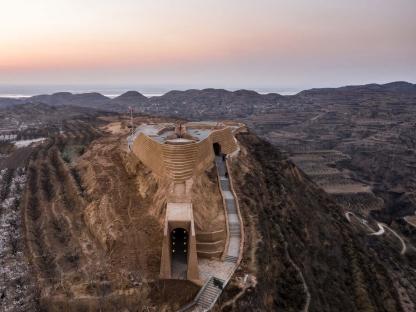
Xihoudu Site (Holy Fire Lit Place)
The Xihoudu Site is located near Xihoudu village in Ruicheng County about 140km east of Xi'an. The ancient hilltop terrace near the Yellow River where this prehistoric archeological site was excavated is nowadays also known as Holy Fire Lit Place. As is mentioned in the prehistory section of this website, the Xihoudu Site is famously known as the world's earliest site for the human use of fire. The stone objects that were excavated at the site may also be the world's oldest man-made tools.
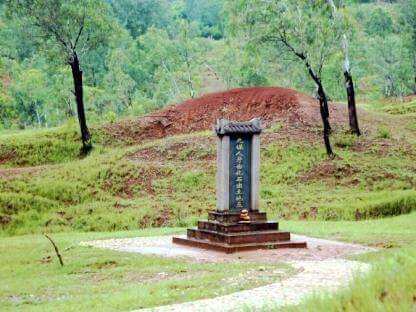
Yuanmou Man Site & Museum
Yuanmou Man is the name that was given to yet another subspecies of Homo erectus that lived during prehistoric times in what is now Yuanmou County in the southern province of Yunnan. In fact, the Yuanmou Man fossils that were unearthed at the Yuanmou Man Site near Yuanma Town are the oldest human fossils that were ever discovered in China. The modern Yuanmou Man Museum in that small town is the best place to learn more about Yuanmou Man's place in the human evolutionary chain.
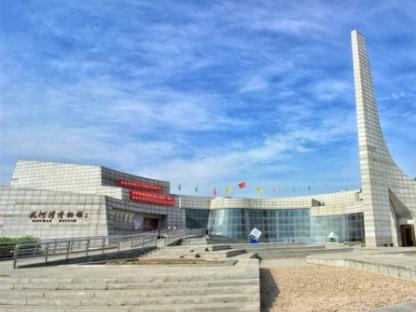
Nihewan Ruins and Museum
156 relic sites that are known as the Nihewan Ruins have been identified in the Nihewan Basin, 40 of which are more than a million years old! In order to protect this cradle of prehistoric human evolution, this area in Yangyuan County has been put under state protection as the Nihewan National Nature Reserve. The relics that were unearthed include ancient stone and bone tools as well as fossils of ancient fauna. About 50,000 relics are on display at the modern Nihewan Museum in the municipality of Yangyuan.
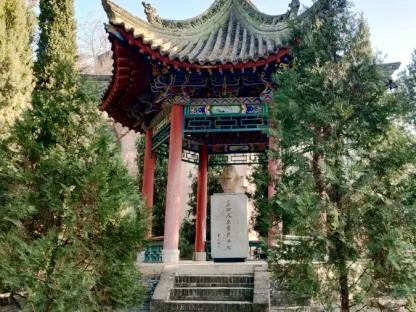
Lantian Yuanren Relic Site
The Lantian Yuanren Relic Site is located in Lantian County about 50km east of Xi'an. It was at the archeological Gongwangling Site there that a ca. 1.63-million-years-old skull of Homo erectus was found. The Lantian Yuanren Site Memorial Museum was opened in 2012 at the site. It showcases about 200 exhibits that teach visitors about the life of Lantian Man during prehistoric times. The Chenjiawo Site and the Shangchen Site are two other archeological sites nearby where ancient fossils have been discovered.
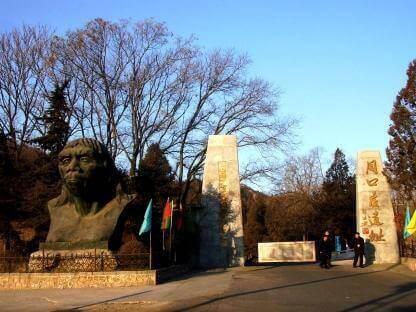
Peking Man Site & Museum
The world-famous Peking Man Site and its attached Peking Man Museum are located about 42km southwest of Beijing at Zhoukoudian (right next to the Zhoukoudian Railway Station) in Fangshan County. As mentioned here on the page about China's prehistory, Peking Man (Homo erectus pekinensis) is the name that was given to the ancient hominids of the Homo erectus kind that are estimated to have lived at the Zhoukoudian site during prehistoric times as far back as about 700,000 years ago.
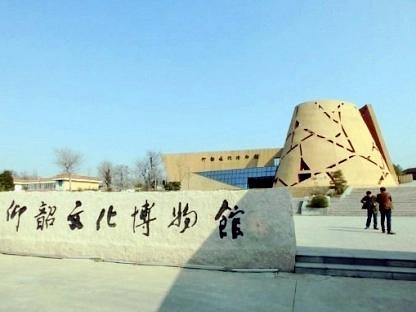
Yangshao Site & Culture Museum
The Yangshao Site is located inside the Yangshao Village National Archaeological Park about 9km north of Mianchi County (Henan province). Among the more than 1000 sites that are associated with the neolithic Yangshao culture, the Yangshao Site was the first one that was discovered in 1920. The Yangshao Culture Museum opened its doors to the public in 2011 right next to the site. Painted Yangshao pottery makes up the lion's share among the relics that are displayed inside its exhibition halls.
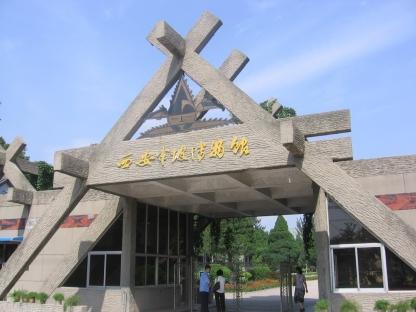
Banpo Museum
The Banpo Museum is located in Xi'an right next to the excavated Banpo village. Also mentioned on the prehistory page, the Banpo village is an excavated neolithic village that was inhabited by people of the Yangshao culture about 6000 years ago. The Banpo Museum consists of two exhibition halls (that display relics and temporary exhibitions) and a 3000 square meter site hall that provides a good view of the excavated sections (a residential section, a pottery making section and a burial section) of the Banpo site.
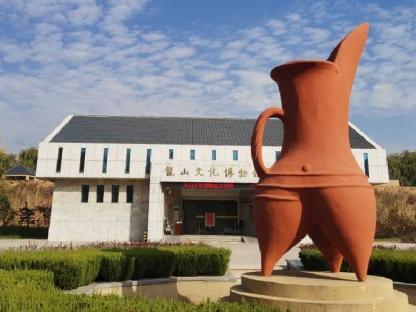
Chengziya Site & Ruins Museum
The Chengziya Ruins Museum is located about 25km to the east of Jinan, the capital of Shandong province. It was built to protect the ruins of the large neolithic settlement of the Longshan culture that was discovered in 1928 at the Chengziya Site. The exhibition halls of the museum showcase many of the prehistoric relics that were discovered during the archeological excavations of the site such as Longshan pottery (including the famous black eggshell pottery) as well as various bone utensils and stone tools.
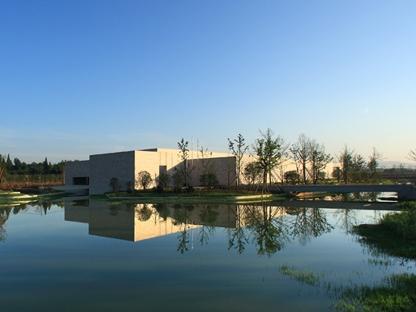
Liangzhu Museum & Ancient City
The ruins of the ancient city of Liangzhu are located near Hangzhou (Zhejiang province). Liangzhu was the capital of the neolithic Liangzhu culture that existed from around 3300 BC until about 2300 BC. A series of hydraulic dams protected this ancient city from flooding. The Archaeological Ruins of Liangzhu City can now be seen inside the Yaoshan and the Liangzhu Ancient City Ruins Park. Thousands of ancient relics that were unearthed from these sites are now exhibited at the modern Liangzhu Museum.
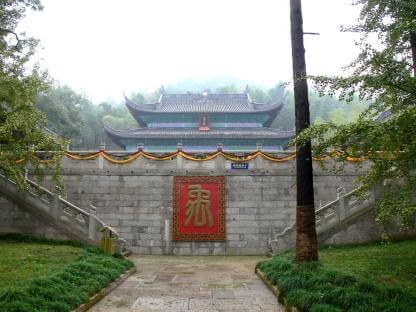
Yu Temple & Dayu Mausoleum
The Yu Temple and the Mausoleum of Yu the Great (a.k.a. Dayu Mausoleum) are the most important historic sights inside Shaoxing's Kuaiji Mountain Scenic Area. Sacrifices to Yu the Great, the founder of the Xia dynasty, were performed there since the 6th century AD. There are several other sights within this verdant scenic area that also merit a visit such as the Da Yu Memorial Hall, Yu Clan Temple, Jiyu Square and the Jiyu Pavilion, the Great Yu Statue on Shifan Hill and the Lufeng Temple on Mount Xianglu.
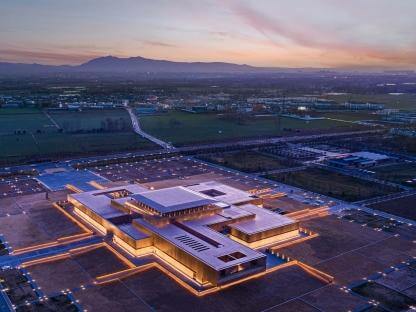
Erlitou Site & Relic Museum
The Erlitou Site is a famous Bronze Age site that is located near Luoyang (Henan province). It was inhabited from about 1900 BC until about 1500 BC and contains China's earliest palace complex. The ruins of this ancient site that is widely believed to have been the middle to late-stage capital of the Xia dynasty can be visited as a part of the Erlitou Archaeological Site Park. Thousands of the unearthed Erlitou culture relics can be seen at the Erlitou Relic Museum that was opened nearby in 2019.
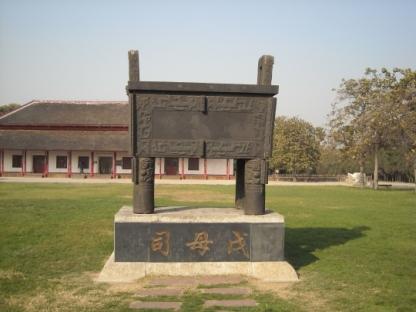
Yin Ruins Museum (Yin Xu)
The Yin Ruins Museum is located in a park-like setting about 2km northwest of the city of Anyang (Henan province). This is the famous site of the ancient Shang dynasty capital Yin Xu where archeological digs have so far unearthed 150,000 oracle bones bearing ancient Chinese inscriptions. These bones were used in divination rituals during the Shang dynasty. The buried remnants of Yin Xu (which once covered a grand area of 24 square kilometers) constitute the biggest archaeological site in all of China.
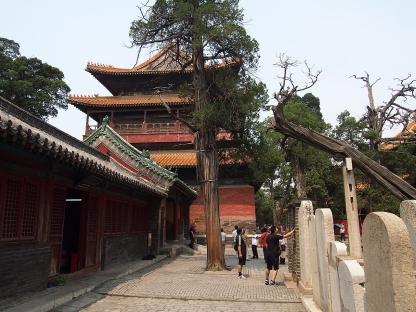
Confucius Sites in Qufu
The Confucian sites in Qufu that are associated with the great sage Confucius who lived during the Spring and Autumn period are the Confucius Family Mansion (Kong Fu), Confucius Temple (Kong Miao) and the Confucius Cemetery (Kong Lin). These three Confucian sites in Qufu are collectively known as the "San Kong". They are all centrally located in this small city in the southwest of Shandong province and have been inscribed on the UNESCO World Heritage List since 1994.
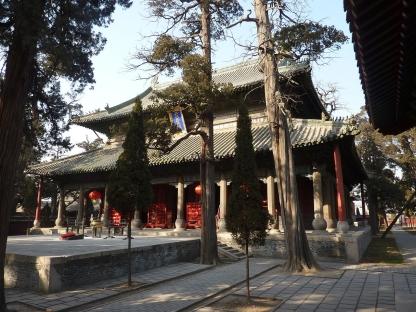
Mencius Sites in Zoucheng
The famous Confucian philosopher, teacher and politician Mencius ("Master Meng") was born roughly 100 years after the death of Confucius whose then-popular philosophy he developed further. He lived in Zoucheng near Qufu during the Warring States Period. The Mencius Temple, Mencius Family Mansion, Mencius Cemetery and Cemetery of Mencius' Mother still remind tourists and locals of him and his work in this small city in the southwest of Shandong province today.
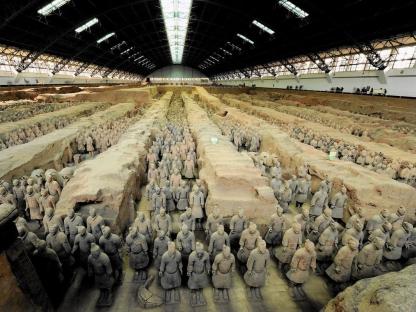
Terracotta Warriors
The world-famous sculptures of the Terracotta Warriors were the funerary army of Emperor Qin Shi Huang, the emperor who unified China for the first time under the banner of the Qin dynasty. Emperor Qinshihuang's Mausoleum Site Museum which is located 40km east of Xi'an is one of the most visited tourist sights in China. The UNESCO world heritage site consists of the Museum of the Terracotta Warriors and Horses & Qin Shi Huang's Mausoleum Site Park.
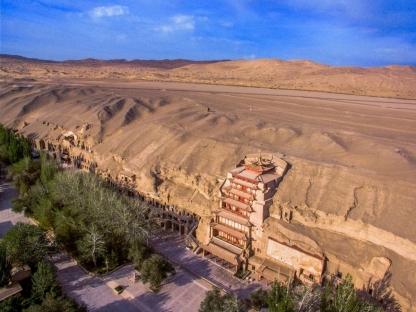
Mogao Caves
The Mogao Caves are widely considered to be the world's most famous Buddhist cave complex. Comprised of 735 individual cave temples that still exist today, this UNESCO World Heritage site is located about 25km southeast of Dunhuang in China's arid northwestern Gansu province. Construction of the caves that are sometimes also referred to as the Mogao Grottoes began in AD 366 during the tumultuous period of the Six Dynasties and continued for about 1000 years.
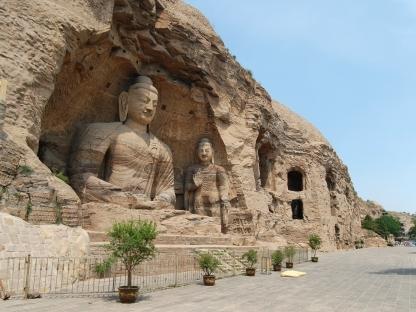
Yungang Grottoes
The Yungang Grottoes are located about 16km west of Datong (Shanxi province) at the northern side of Wuzhou Mountain. This Buddhist cave complex that is sometimes also referred to as the Yungang Caves was carved into the limestone cliffs during the Northern Wei period of the Six Dynasties in the 5th and 6th century AD. Alltogether, there are 254 individual caves and 1100 niches of various sizes at this UNESCO World Heritage site that altogether contain about 51,000 Buddhist statues.
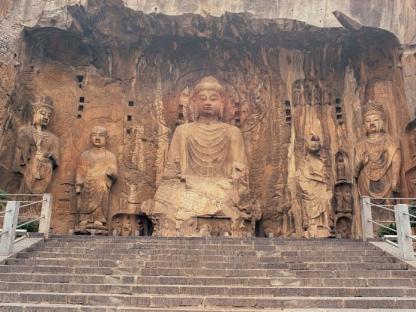
Longmen Grottoes
The Longmen Grottoes are another group of world-famous Buddhist caves. Also known as Longmen Caves, this cave complex is located about 12km south of the city of Luoyang. About 2300 caves and niches have been carved into the limestone cliffs along a 1km stretch on both sides of the Yi River there. Even though the first Buddhist caves at this UNESCO World Heritage site were already built during the Northern Wei period of the Six Dynasties, most of the caves and niches were built much later.
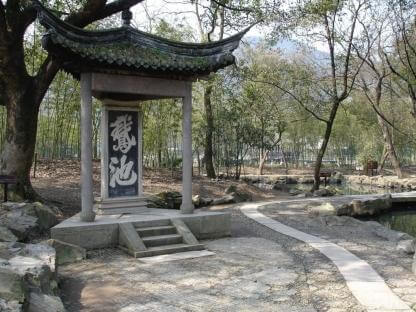
Orchid Pavilion (Lanting)
The Orchid Pavilion Garden is located in the southwestern suburbs of Shaoxing (Zhejiang province). Also referred to as Lanting, Lanting Pavilion or Lan Pavilion, this tranquil and remote place in the middle of a natural park resembles the southern Chinese gardens of Suzhou or Yangzhou. Its claim to fame however reaches back to AD 353 during the period of the Six dynasties. That was the year when the famous Orchid Pavilion Gathering of 42 literati gentlemen took place there.
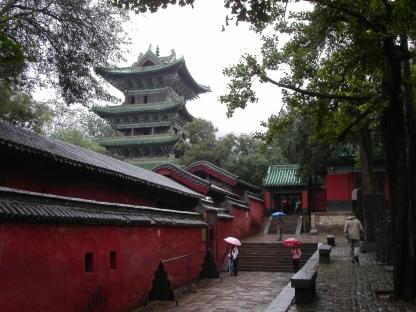
Shaolin Monastery
Established during the period of the Six Dynasties, the Shaolin Temple (a.k.a. Shaolin Monastery) is a world-famous Buddhist temple that is located at the foot of Songshan Mountain near the city of Dengfeng in Henan province. This UNESCO World Heritage site is known throughout the world as the birthplace of the Chinese martial art of Kung Fu. The Shaolin monks used their formidable fighting skills to great effect in a civil war during the early Tang dynasty as bodyguards of the later emperor.
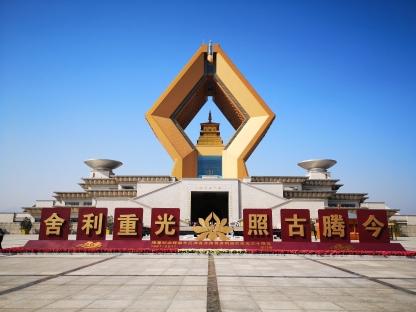
Famen Temple
Famen Temple is a world-famous Buddhist temple that was founded during the Han dynasty. Also known as the Famen Monastery, it is an integral part of the Famen Temple Cultural Scenic Area which is located 120km west of Xi'an (Shaanxi province). After a finger bone relic of the Buddha was enshrined there in AD 874 during the Tang dynasty, the temple achieved its peak influence but also generated considerable controversy. Thousands of other priceless Buddhist relics are kept at the temple museum as well.
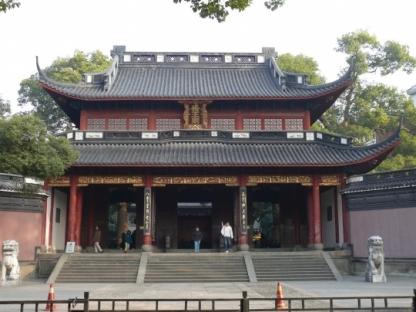
Yue Fei Temple
Yue Fei was a military general during the time of the Southern Song dynasty. Despite his patriotism and military exploits, Yue Fei ended up being betrayed and executed. His reputation was posthumously cleared though and a temple was erected in his honour. The Yue Fei Temple (a.k.a. Yuewang Temple) stands at the foot of the Qixia Hill near Hangzhou's West Lake, one of the most famous and picturesque tourist destinations in China. The tomb of General Yue Fei - the Yue Fei Mausoleum - is a part of this temple.
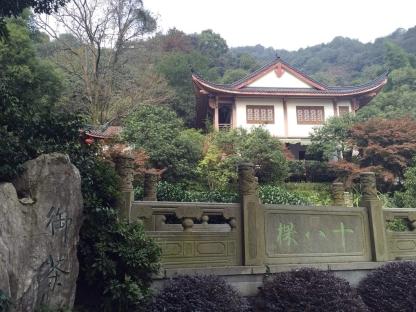
Longjing Imperial Tea Garden
Longjing tea (English: Dragon Well tea) is a renowned Chinese green tea that once held the status of imperial tea (Gong Cha). It is grown in Longjing village which is just a short bus ride away from Hangzhou and its famous West Lake. The Longjing Imperial Tea Garden is regarded as the most famous tea garden in this tranquil hill village. It is a typical southern-style Chinese garden at the foot of a terraced hill that was once a favourite spot of the Qianlong Emperor of the Qing dynasty.
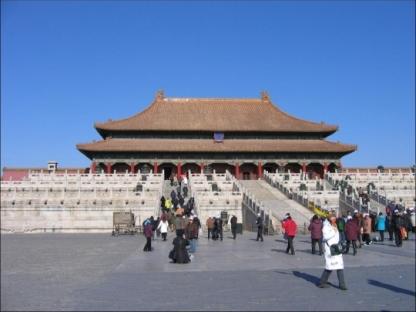
Forbidden City
The Forbidden City is located right at the heart of Beijing near Tiananmen Square. It was the official residence for 14 emperors of the Ming dynasty and 10 emperors of the Qing dynasty from AD 1420 until 1912. It is the world's largest palace complex and one of the most visited tourist sights in the world with annual visitor numbers approaching 20 million. Most Chinese people nowadays refer to this UNESCO World Heritage site as Gugong (former palace) whereas in English it is also referred to as the Palace Museum.
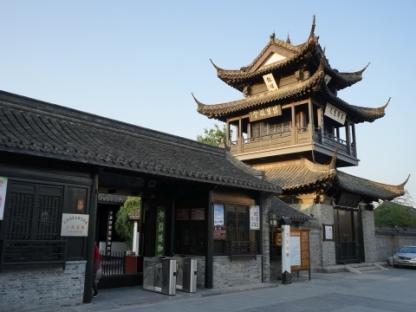
Yucheng Post
The Yucheng Postal Stop in Gaoyou (Jiangsu province) is the largest and best-preserved ancient postal station in all of China. Also known as Yucheng Post or Mengcheng Post, it was built near the Grand Canal in AD 1375 during the time of the Ming dynasty. When it was still in operation, it was a rest stop (and a place to change horses) for the empire's official postal carriers, the emperor's special messengers, ambassadors and other official travellers. It is now open to the public as the Museum of Chinese Postal History.
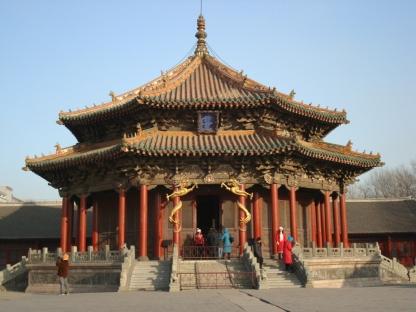
Shenyang Imperial Palace
As one of only two imperial palaces in China, the Shenyang Imperial Palace was where the first three emperors of the Qing dynasty lived between AD 1625 and 1644. Since this former Qing capital was still named Mukden back then, the palace is also known and referred to as the Mukden Palace. It now serves as the Shenyang Palace Museum. This UNESCO World Heritage site at the center of Shenyang (Liaoning province) is about 1/12th the size of Beijing's Forbidden City.
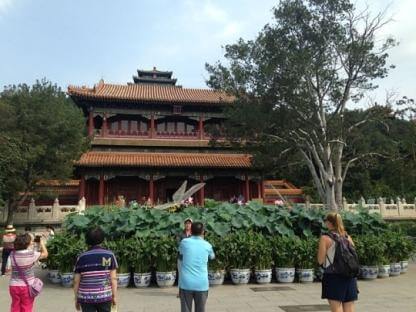
Jingshan Park
Jingshan Park is a former imperial garden that is located on the artificially-created Jingshan Hill just north of the Forbidden City at the center of Beijing. Emperors performed their ancestor worship there and enjoyed the views and scenery. During the late Ming dynasty, one emperor hanged himself from a tree at this park. Nowadays, most visitors come to Jingshan Park to enjoy the spectacular views of the Forbidden City as well as Beijing's cityscape from the hill's five peaks.
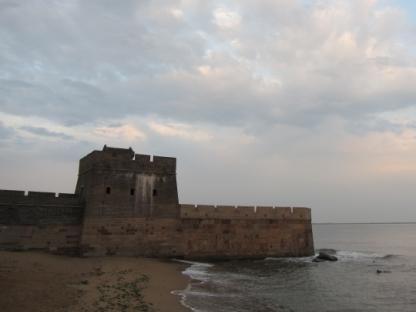
Shanhaiguan Great Wall
The Great Wall at Shanhaiguan once played a vital role in protecting China from attacks from the north. During imperial times, the Shanhai Pass at Shanhaiguan was protected by the Jiaoshan Great Wall, the First Pass Under Heaven and Old Dragon's Head (Laolongtou). Shanhaiguan also played a major role in the fall of the Ming dynasty to the Manchus. The Shanhaiguan Great Wall Museum is the best place to get a good overview of the various fortifications that are a part of the Great Wall system in the Shanhaiguan area.
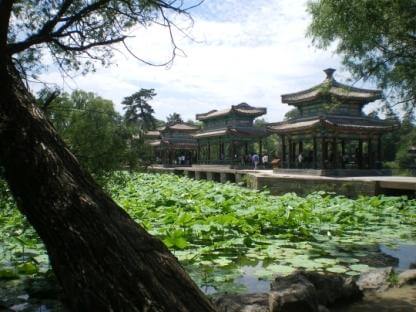
Chengde Mountain Resort
The Chengde Mountain Resort is located in Hebei province just north of the city center of Chengde. It was built from AD 1703 until 1792 as a summer resort for the imperial family of the Qing dynasty due to Chengde's pleasant climate and appealing natural scenery. Now a UNESCO world heritage site, the resort includes the largest imperial garden in China. The huge total area of the Chengde Mountain Resort is divided into four parts: a Palace Area, Lake Area, Plain Area and Mountain Area.
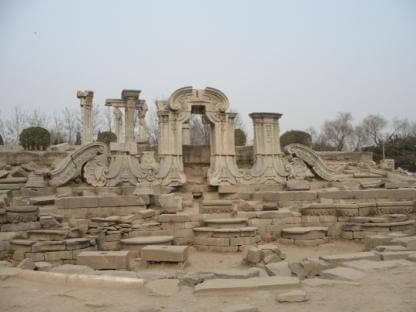
Old Summer Palace
The Old Summer Palace was a complex of palaces and gardens that the emperors of the Qing dynasty mostly used as a summer resort but later on even as their main imperial residence. Most Chinese people today refer to the entire complex that is located in the northwest of Beijing as Yuanmingyuan. Most buildings that once stood on the grounds of the Old Summer Palace were unfortunately destroyed during tumultuous times in history. The still-existing ruins and gardens are nowadays a part of Yuanmingyuan Park.
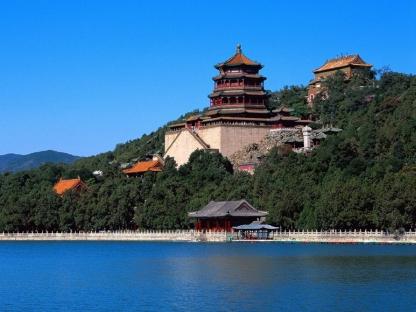
Summer Palace Yiheyuan
The new Summer Palace Yiheyuan was another private pleasure resort of palaces, lakes and gardens for the emperors of the Qing dynasty and their families. Later emperors used it as their official residence. Unlike the Old Summer Palace that lies nearby in ruins, most parts of Beijing's new Summer Palace that were damaged or destroyed during the late 19th century were later restored. It is now a UNESCO World Heritage site and one of the most popular tourist attractions in China.
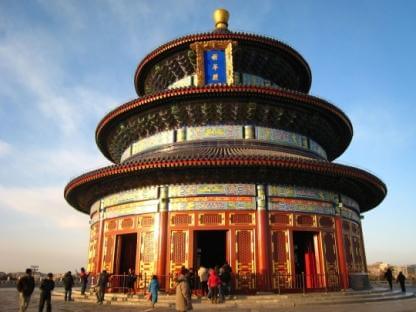
Temple of Heaven
The Temple of Heaven is a UNESCO World Heritage site that is located at Tiantan Park in Beijing's southeastern Dongcheng district. This is where the emperors of the Ming dynasty and Qing dynasty annually performed the Heaven Worship Ceremony to pray for a good harvest. A few years after the fall of the Qing dynasty when China was officially a republic, sacrifices to heaven were performed for the last time at the temple by the military and government official Yuan Shikai.
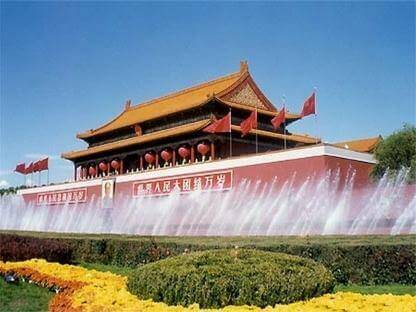
Tiananmen Gate
Instantly recognizable due to the huge portrait of Mao Zedong that is mounted above its central arched gateway, Beijing's Tiananmen Gate (Gate of Heavenly Peace) is located just north of Tiananmen Square. On its balcony, Mao Zedong proclaimed the founding of the People's Republic of China on the 1st of October 1949. This former gatehouse of the Forbidden City was originally constructed in AD 1420 during the time of the Ming dynasty and was back then still named Chengtianmen (Gate of Accepting Heavenly Mandate).
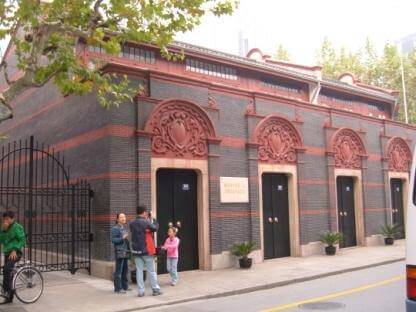
CPC's 1st National Congress Site
A historic Shikumen building in Shanghai was the site of the First National Congress of the Communist Party of China (CPC) on the 23rd of July 1921 when China was already a republic. The two-story building that serves as a museum since 1961 showcases the unaltered living room where the CPC's 1st National Congress took place on its first floor. A large exhibition hall (that exhibits revolutionary relics, historic documents and photos) as well as a wax figure hall occupy its upper floor.
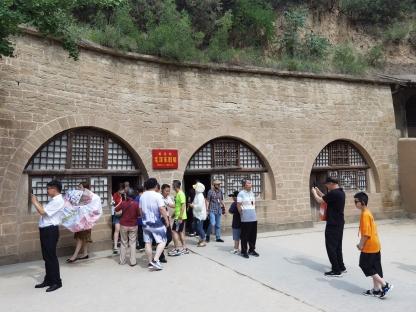
Yan'an Revolutionary Sites
From October 1935 until 1947 during the later years of the Republic of China, the city of Yan'an in northern Shaanxi province was the Communist Party of China's base. The CPC planned its war efforts in the Second Sino-Japanese War and the Chinese Civil War from there. The most famous revolutionary sites that are linked to the CPC in Yan’an are the Pagoda Hill, Revolutionary Memorial Hall, Wangjiaping Former Revolutionary Headquarters and the Yangjialing, Zaoyuan & Fenghuang Mountain Revolutionary Sites.
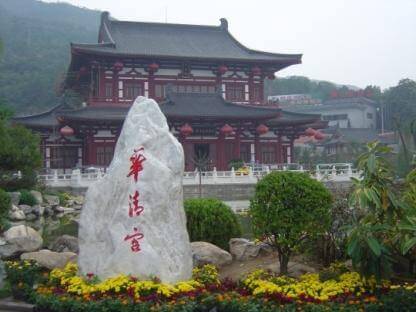
Huaqing Hot Springs
Once a leisure site for the emperor and now a popular tourist attraction, the Huaqing Hot Springs with their five hot spring pools (which tourists cannot bathe in!) occupy a large area at the foot of Mount Li about 25km east of Xi'an in the district of Lintong. The site is also known as the Huaqing Pool or Huaqing Palace and its history reaches back to the time of the Tang dynasty. Three important events in Chinese history took place there, most notably the Xi'an Incident in 1936.
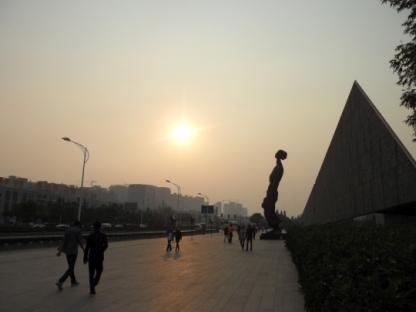
Nanjing Massacre Memorial Hall
The Nanjing Massacre Memorial Hall commemorates the atrocities that Japanese soldiers committed in December 1937 and January 1938 in that city. An estimated number of up to 300,000 Chinese civilians and prisoners of war were massacred during this hellish period. Officially named the "Memorial Hall of the Victims in Nanjing Massacre by Japanese Invaders", the museum is made up of three parts: the outdoor exhibits, the remaining bones of the victims and the exhibition hall for historical documents.
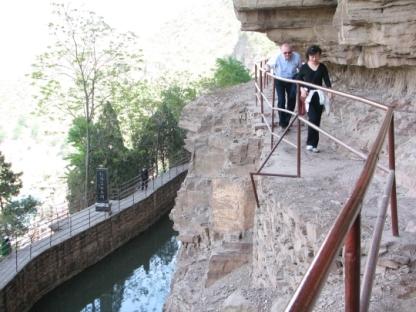
Red Flag Canal
The Red Flag Canal is one of the large labour projects that were realized through the mass mobilization of workers during the Great Leap Forward era of the People's Republic of China in the 1960s. The most spectacular section of this canal is the Red Flag Canal Scenic Area (a.k.a. Hongqiqu Scenic Area) which is located about 20km north of the city of Linzhou at the northern tip of Henan province. Here, the Red Flag Canal winds around the side of the rocky Taihang mountains.
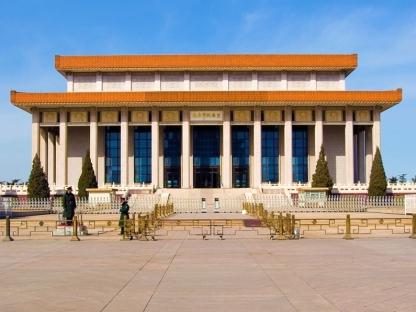
Mao Zedong Mausoleum
The Mao Zedong Mausoleum is located at the southern part of Tiananmen Square right at the heart of Beijing. Also known as the Memorial Hall of Chairman Mao, this is where the embalmed body of Mao Zedong, the founder and longtime leader of the People's Republic of China, is on display to the public. The Memorial Hall where Mao's body rests inside a crystal coffin that stands on a black granite base is located on the first floor at the center of the mausoleum.

